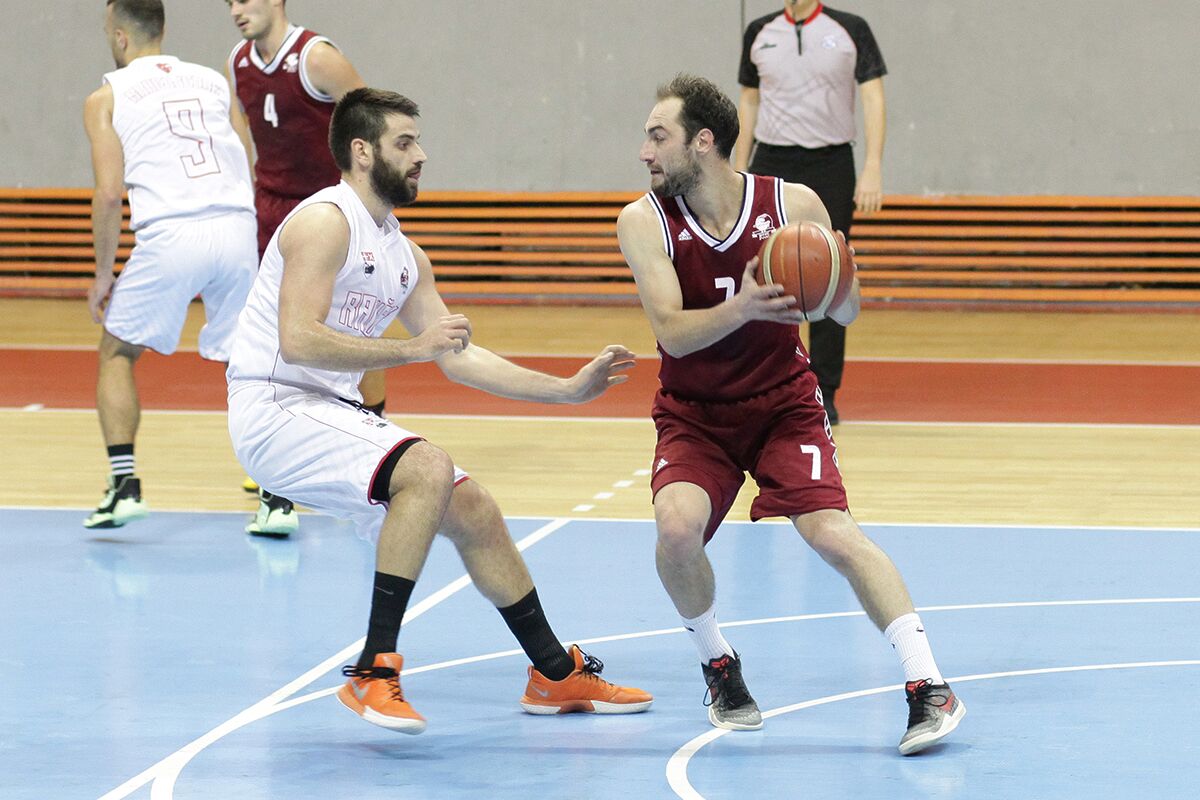Китай запустил демонстрационную миссию своего экипажа нового поколения с использованием ракеты Long March 5B. Это первый пуск этой новой ракеты, итерации китайской ракеты Long March, которая также будет использоваться для освоения секций и компонентов предстоящей национальной орбитальной космической станции страны.
Этот запуск пролетел экипаж космического корабля без кого-либо на борту, взлетев из Венчан в Китае, который является новейшим космическим кораблем страны стартовой площадки. Long March 5B — это десятимоторная ракета, в том числе четыре двигателя на ускорителях, которые увеличивают возможности подъема, и представляет собой самую мощную ракету-носитель страны на сегодняшний день. Он не имеет второй ступени, и специально предназначен для привлечения больших полезных нагрузок на низкую околоземную орбиту – это именно то, что необходимо для сборки космической станции Китай планирует создать там к 2022 году.
Сама капсула экипажа проведет короткое время на низкой околоземной орбите для своей демонстрационной миссии, которая является подготовительным шагом на пути к сертификации его для полета. В конце концов, космический корабль заменит Шэньчжоу, который является текущим транспортным средством, что Китай использует для доставки астронавтов в космос для сближения с орбитальными станциями. Он может перевозить до шести человек одновременно, против трех по текущей модели, и может в конечном итоге нести астронавтов на Луну.
Это важная миссия для космической программы Китая, и интересный пункт сравнения для текущих коммерческих миссий экипажа НАСА, которая приближается к важной вехой с первым демонстрационным запуском космического корабля SpaceX Коммерческий экипаж с астронавтами на борту 27 мая. Экипаж Dragon SpaceX может перевозить до семи пассажиров, в зависимости от конфигурации.

